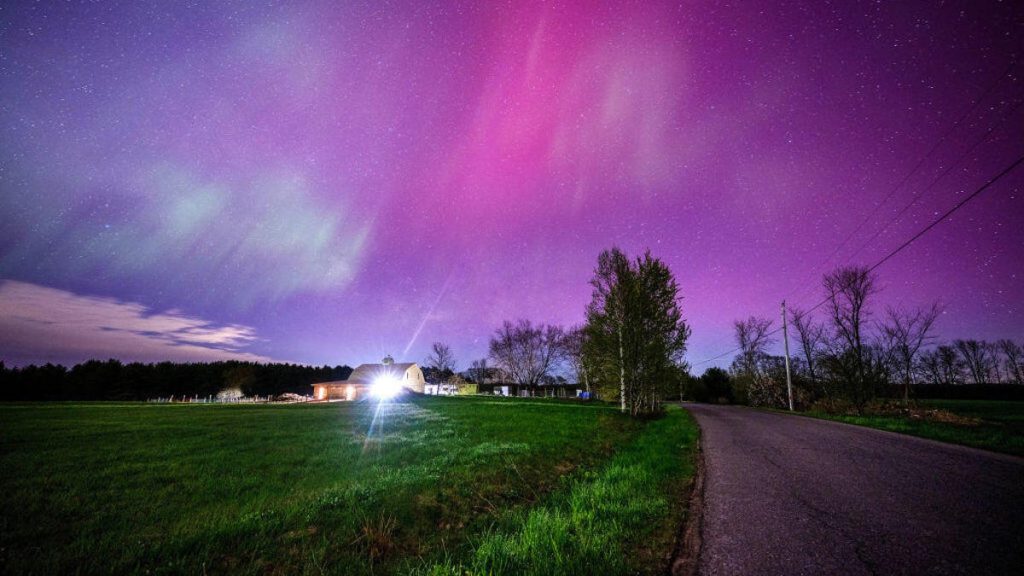The good news is that the aurora borealis will be returning from July 30 to August 1 after the May 10-11 event. However, the bad news is that this display will not be as strong or widespread as the previous one. The National Oceanic and Atmospheric Administration Space Weather Prediction Center posted a geomagnetic storm watch extending through August 1 due to increased solar activity, including a strong solar flare and several coronal mass ejections headed towards Earth. The upcoming event is expected to be a G3 storm on July 30 and a G2 storm on July 31-August 1, compared to the extreme G5 storm in May.
The prediction center reported that if the forecast conditions align, the aurora borealis could be visible as far south as the northeast US through the upper midwest and across northern states to northern Oregon. Residents in these areas are encouraged to keep an eye on social media for updates on potential sightings. City dwellers may have a harder time seeing the northern lights due to light pollution, but those in rural areas with dark skies and clear weather may have a better chance. However, unpredictable cloud cover can hinder visibility, making aurora sightings difficult to predict.
There is no specific time or best way to see the aurora borealis, as it can appear and disappear sporadically. The upcoming event is part of a busy summer for sky events, including a planet parade on August 23 showcasing six planets and an upcoming nova expected to light up the night sky. While there is no known exact date for the nova event, skywatchers can enjoy the upcoming aurora borealis display from July 30 to August 1. Keep an eye on social media for updates on potential sightings, and be prepared to travel to a dark, rural area for the best chance of viewing this natural light show.












